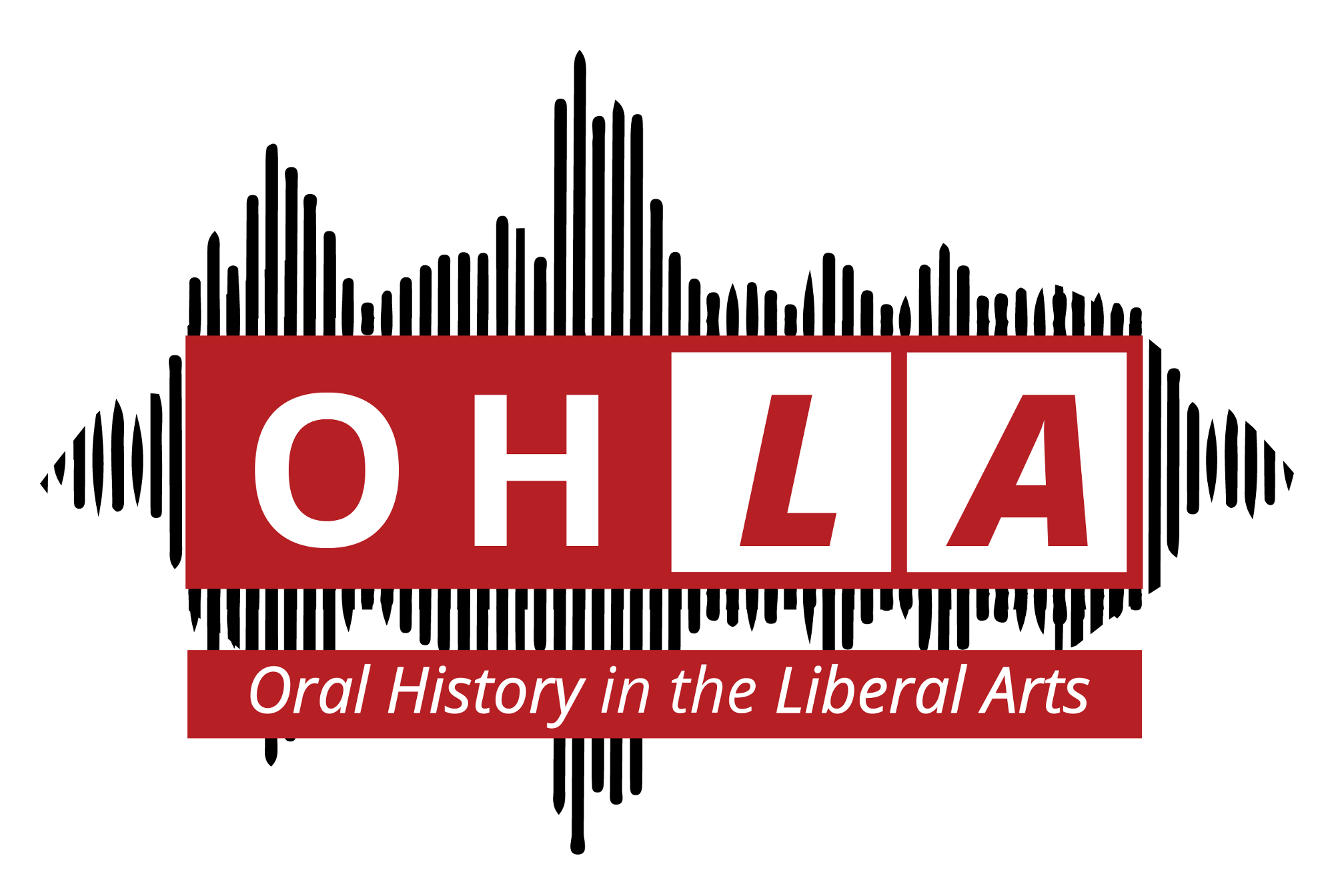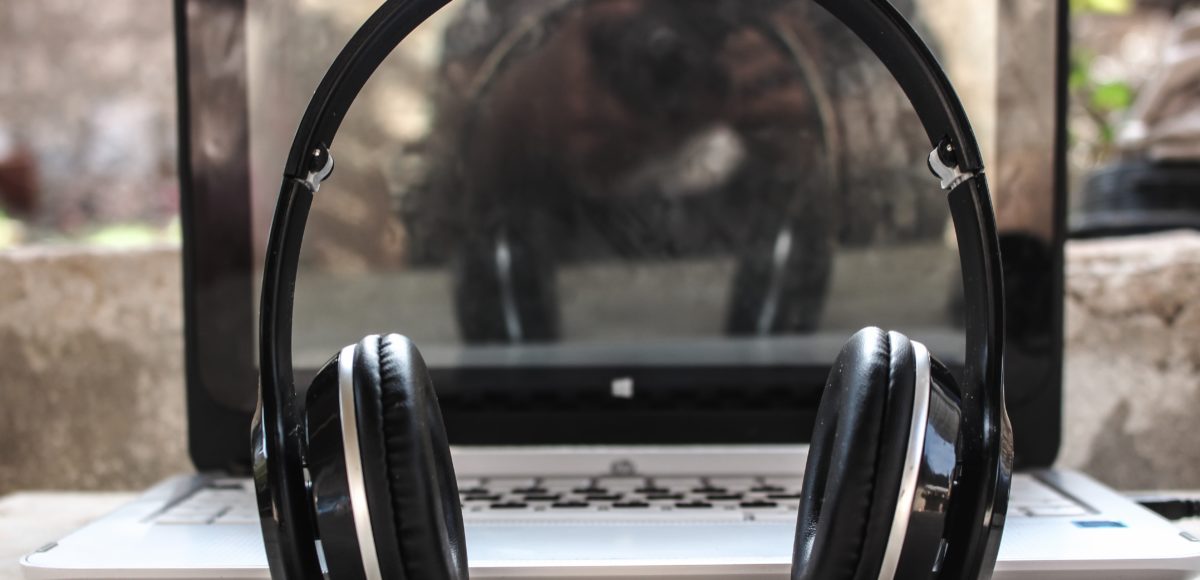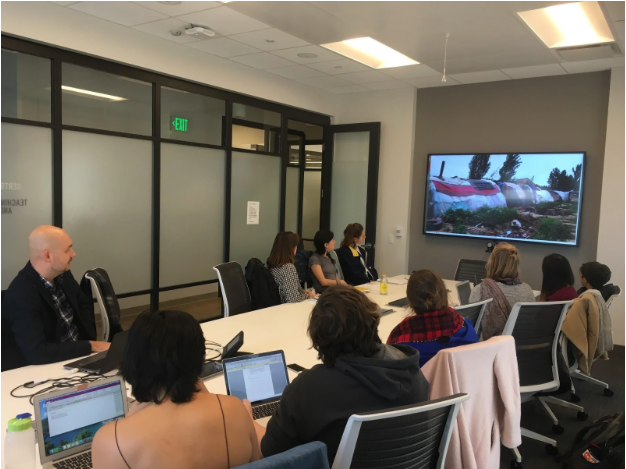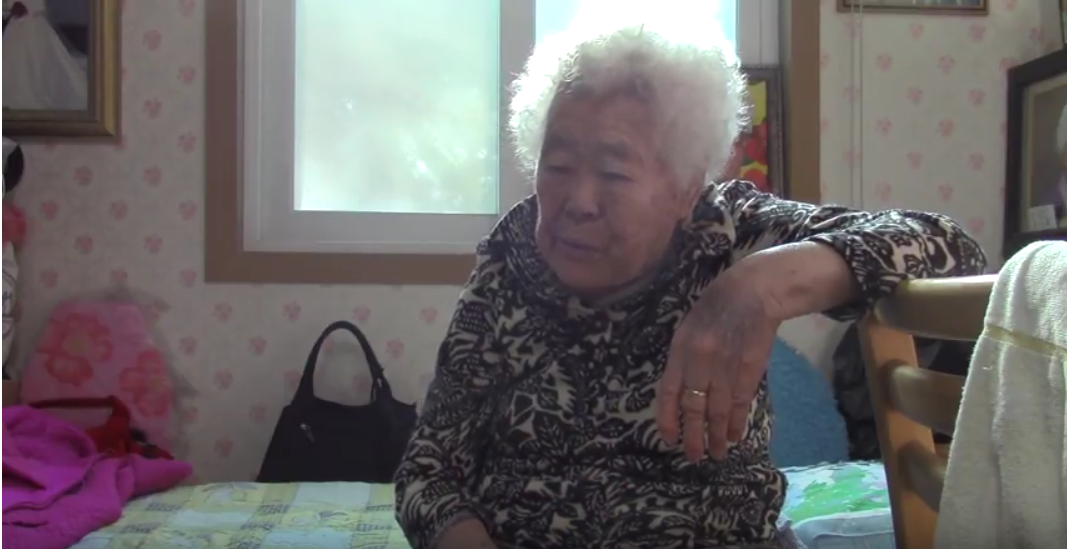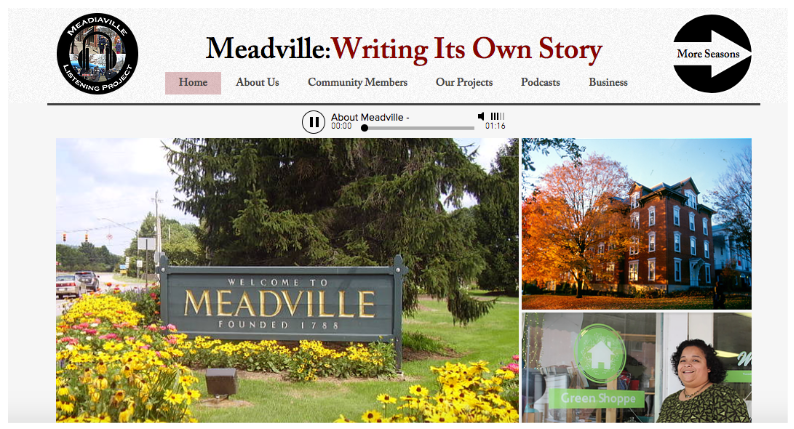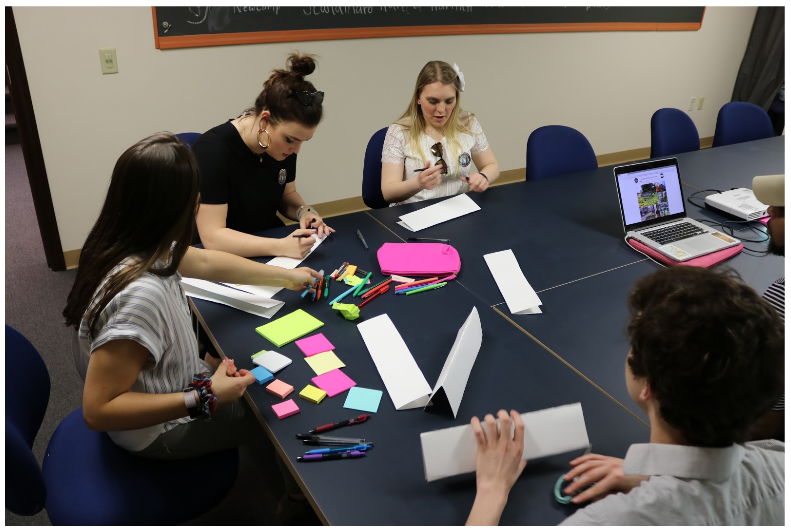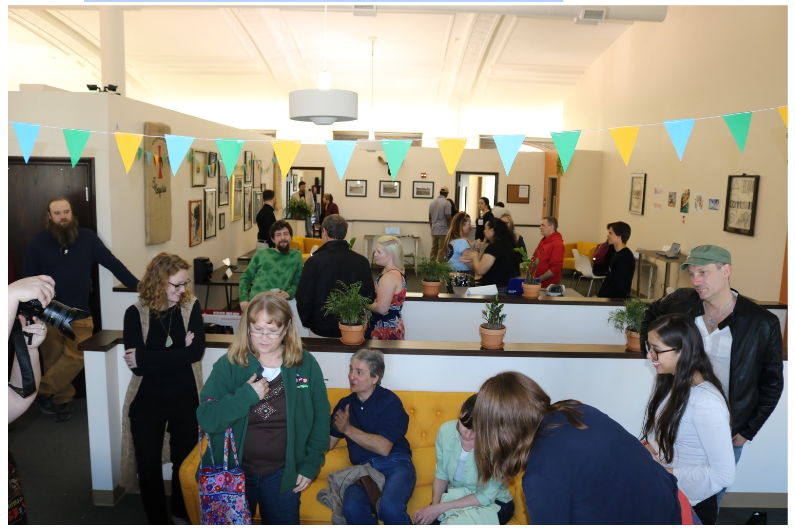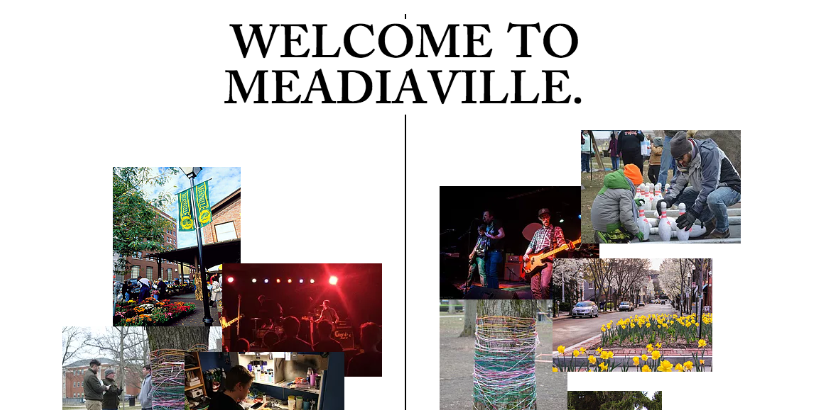In the first stage of my project, I devoted time to working with my community partner, college staff, and students in conducting, transcribing, and archiving oral histories. Within my senior seminar on James Baldwin and African American Literature, students formed teams that were assigned particular community members. After completing a questionnaire that inventoried their experiences, interests, and skill sets related to oral history, they were given leadership roles regarding various tasks. (All were expected to participate in some way with researching the interviewee and with transcription.) After a significant number of interviews (20 participants, 40 total hours), however, it made sense to stop and consider next steps. What could be done with what had been collected? What could be learned from the oral histories and how might they continue to (or better serve) the class and community (local and virtual)? In short, how might we use the archive?
Shifting to this next phase was not an easy choice. Students were deeply engaged with developing a relationship with an interviewee, even if an indirect one. (Not all students were able to meet the interviewee, though most did come to the video studio to watch their classmate conduct the interviews and, if time allowed, visit with the individual.)
Still, the process of training students concerning oral history practice, providing time for research, and completing transcriptions meant that they did not have as much time to analyze the stories and investigate local/regional archives to provide a “thick description” of or full context for what they heard. Such work would offer another way to enlarge and enrich the class content.
In my recent classes, then, I turned to the archived material with the aim of further examining the storytellers’ lives and their knowledge of, role in, and/or impact on the local community concerning the civil rights era. We have shifted from creating archival material (in video form) to engaging more deeply with it and with the sites that “store” histories and stories. In this phase, teams of students are assigned oral histories with the aim of finding materials that can become embedded in the interviews themselves. And, importantly, they are tasked with linking these local stories and histories to the course reading and questions.
Two outcomes are worth noting. First, students engage more fully in learning about oral histories and how to become interpreters of such “texts.” Considering Linda Shopes’s “Making Sense of Oral History” begins this process of coming to a more sophisticated sense of how to “read” these materials (and take into account the original contexts for their collection). For a project involving reflections on racial identity and the legacy of racism, this examination of both text and context illuminates the stories. Second, class members connect with archivists and local resources; thus, they get introduced to an important folks in the community, to a meaningful form of scholarship, and, of course, to the overlooked materials that give greater complexity and weight to the oral histories themselves.
We end, then, with digital files of photos, newspaper clippings, and links to materials at other websites (including college and community digital archives far beyond Kalamazoo). And, because we have not created hypertext links as yet within published oral histories, I have material for a next step—and further collaborations!
